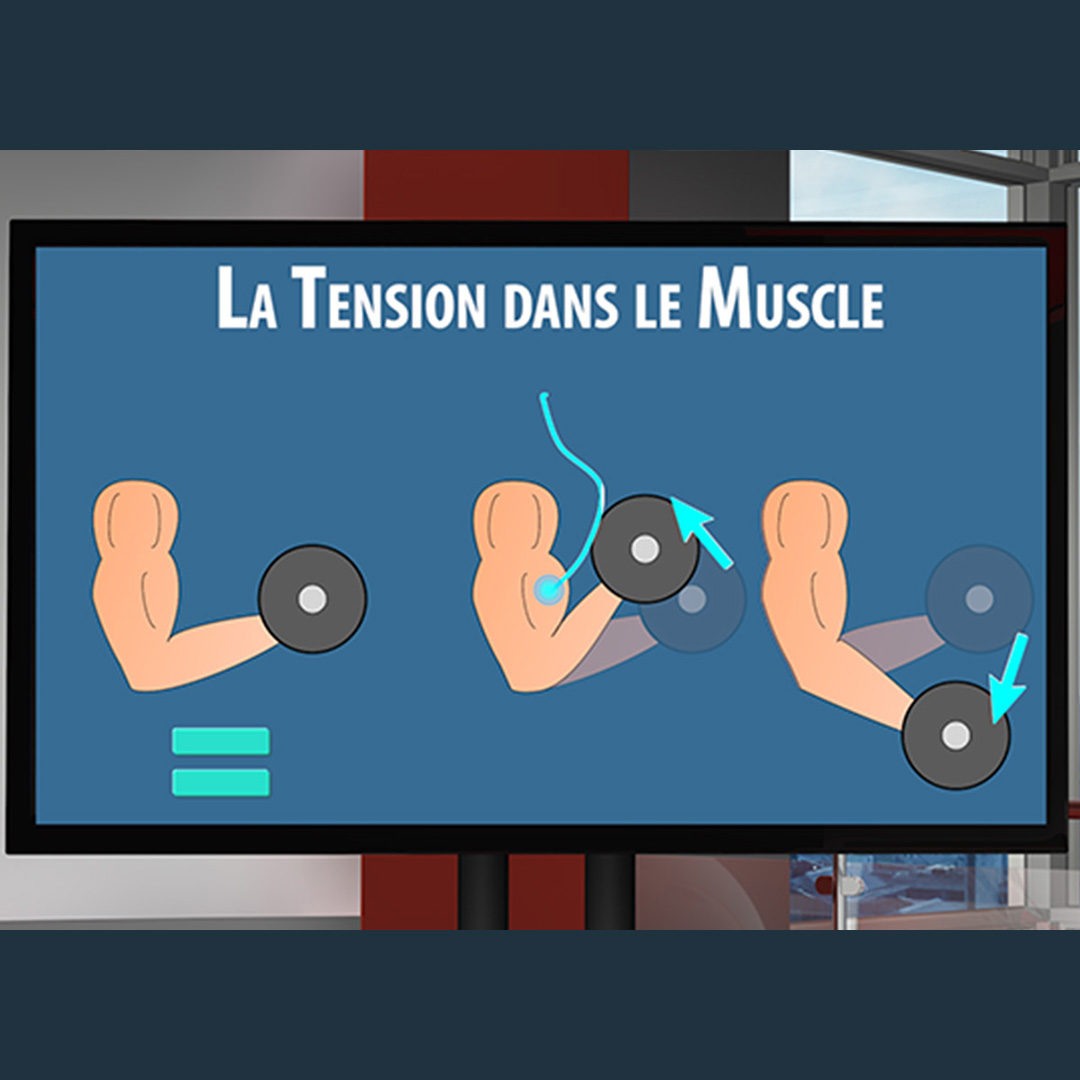Physical Preparation #003 - part 2
How to develop strength - Part 2



Angelo Ritorto
Physical Preparation #003 - part 2
How to develop strength - Part 2
description
Introduction to strength training methods and understanding the intensity of effort.
How do you develop strength in gymnastics? Can my gymnasts gain strength, and how do I choose strength exercises in relation to the selected level of effort intensity? Can we use all methods of strength training at all ages and stages of development?"
As a coach, you no doubt ask yourself these kinds of questions, and the answers are far from easy. Since you work with both children and adults, your strength training program needs to be adapted accordingly. You need to be able to determine the intensity of an exercise to suit the gymnasts concerned.
In this new video on physical preparation, we'll see the importance of the development of intramuscular coordination in young gymnasts, and how to achieve this. We'll also talk about intermuscular coordination so that you can clearly distinguish between these two ideas.
Since your schedules are often put on hold during vacation periods, we'll give you the necessary guidelines to understand the loss of strength and how to better manage any breaks so you can create a smoother return to training.
Finally, we'll start to get into strength training methods and in particular, the idea of the intensity of effort. Since these methods rely to a large extent on the size of the load, or intensity of effort, in relation to the maximum capacities of the athlete, we'll explain:
- The concept and the method for calculating the one-repetition maximum – the notorious 1RM – the key reference point for strength training using weights.
- How to estimate the load of a strength exercise using body weight from 1RM prediction tables.
- How to choose an appropriate exercise to work at the correct intensity.
- How to adjust your stations so your gymnasts can do effective repetitions without risking the development of growth disorders.
We hope you enjoy this training!







